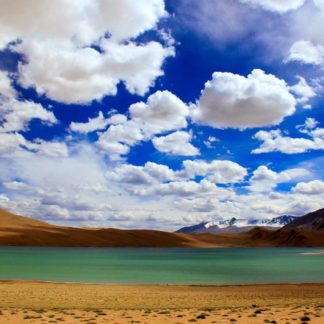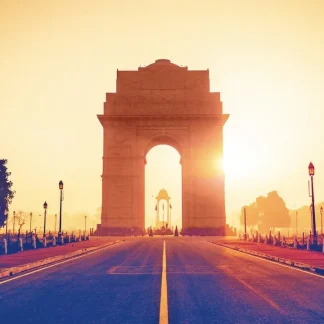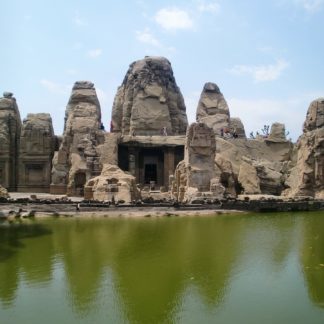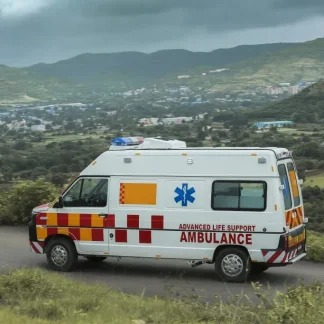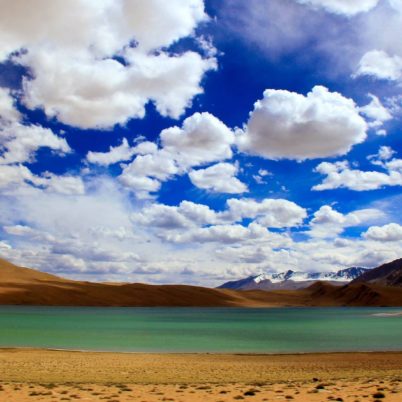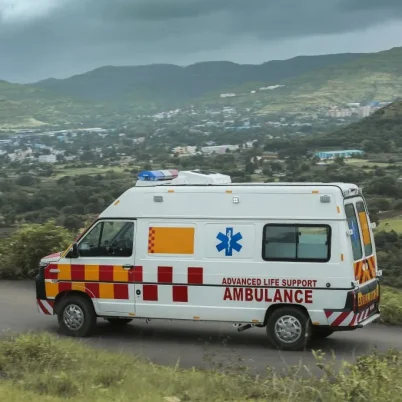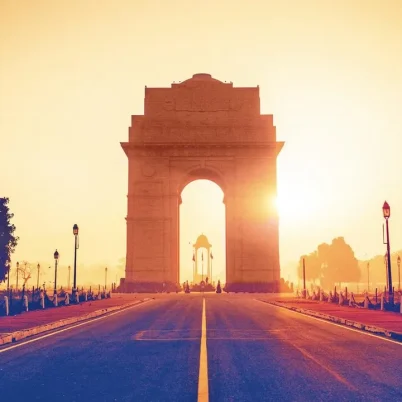
While the new government has taken a pretty strong stand on cleanliness and hygiene in India, there’s no point in getting our hopes too high just yet. Indians may seem confused about cleanliness, urinating in public on the one hand and obsessively washing their hands before each meal on the other. It’s a diverse country full of lots of different people, each with their own priorities.
As a traveller, try to keep in mind that depending on which area of the country you’re in, you’re going to be faced with a range of cleanliness issues. Here’s a quick guide to help you on your way.
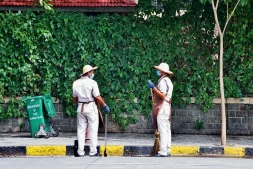 Sweepers in Metropolitan India
Sweepers in Metropolitan India
Make yourself a clean-up kit
Sanitizer, wet-wipes, tissues, maybe antiseptic, and most importantly, toilet paper. All of these are easily available in any medical store across the country when you need a refill, but not so much in toilets or bars where you might actually want it. An added bonus in India is soap strips, a little booklet of soap-coated strips to use on trains or buses.
 Hand sanitizers (Photo Credit – tetiana-shyshkina)
Hand sanitizers (Photo Credit – tetiana-shyshkina)
Toilets
I’m sure you’ve all come armed with thousands of warnings of India’s open defecation problem. Hygiene in India is sometimes a problem but be rest assured, we do know what toilets are. That said, I’d suggest you stay away from the standalone public loos and opt for something in a decent looking restaurant or mall.
Most of these will offer you the option of western toilets, although sooner or later, you’ll be introduced to the glory of The Indian Toilet. While your leg muscles might complain a bit, it’s definitely the more hygienic option thanks to minimal contact. If you’re carrying your own toilet paper and don’t have to be bothered by the bucket, all the better.
Another feature of toilets in India, more so with the western versions, is the health faucet, a small handshower preferable to the old system of mug and bucket for washing up.
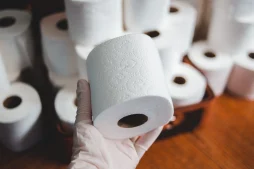 A must in your travel kit while travelling in India
A must in your travel kit while travelling in India
Food
With this one, you’ve mostly got to go with your gut (geddit?) If you’re eating in hotels 3 stars and up you’re definitely safe, but with others you’ve got to use a little common sense. Does it look clean? Do waiters wipe the table after each patron leaves? Are there a lot of flies around?
Beyond that, it’s important to stick to mineral water. At some street stalls you can even ask if the food is made with bottled water. Don’t go around asking to peek into kitchens, you’ll probably just offend someone. Who knows what they’ll put in your food after that. If you have access to the internet, read a couple of reviews and make an informed choice.
Every single restaurant in India will provide you with a washbasin, or at least a jug of water to pour over your hands. What remains conspicuously absent though is soap, although at some basins you might spy a thin sliver of the ever popular red lifebuoy soap worn into submission by countless users.
For this reason, and also the lack of clean towels, we’d suggest you carry your own little bottle of hand-san or rough it out like the rest of us with a good dousing and a quick wipe on your jeans.
 Always opt for bottled mineral water and avoid water poured for you at restaurants, you cannot know if it’s filtered or not
Always opt for bottled mineral water and avoid water poured for you at restaurants, you cannot know if it’s filtered or not
Hotel Rooms
If you’ve got us on your bookings, you’ll be just fine. If not, here’s a couple of our tricks. Always check the toilet first. Never book a hotel room unless you’re satisfied with the state of its bathrooms. Check the sheets for stains, though that isn’t often a problem. Again, ask for mineral water in your room.
 The hotels we offer are very clean and suitable, like this suggestions of ours: Diggi Palace in Jaipur (Photo Credit – Booking.com)
The hotels we offer are very clean and suitable, like this suggestions of ours: Diggi Palace in Jaipur (Photo Credit – Booking.com)
Public transport
Buses: If air-conditioned and privately run, you should be fine. Buses within the city are often best avoided, although special mention must be made of Mumbai’s BEST buses, which are thoroughly hosed down each day.
Trains and metros: Long-distance trains are quite clean to begin with, though passengers may not keep it that way. Toilets here can be a huge issue; the jerking motion of the train tends to interfere with people’s aim. Local trains and metros are usually good in this respect.
Auto-rickshaws and taxis: Very clean in most cities. The drivers tend to take good care of their vehicles as their entire livelihood is dependent on them. However, the same cannot always be said for their passengers.
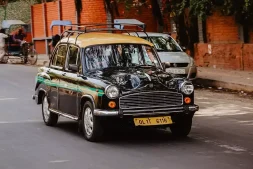 ‘Kaali Peeli’ taxi – credit: (ET Auto)
‘Kaali Peeli’ taxi – credit: (ET Auto)
Plan B
You can only ever be so vigilant in regards to hygiene in India. Someone sneezes in your general direction, a vegetable vendor doesn’t wash his hands and little germ slips through. Come prepared for this situation as well. Carry medication that your body is used to and which you trust. Looking up the local variant at the last minute is not recommended. Your health will thank you.
Be clean, be safe!
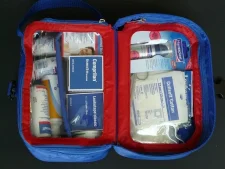 Always carry essential hygiene and medical care while travelling
Always carry essential hygiene and medical care while travelling
We hope this article helps and provides you with a fair bit of information about hygiene in India. Also, prepares you for your adventure to India! If you are looking for tips to keep in mind about safety and precautions while travelling, we suggest you read this blog, and if you still have questions, please do get in touch with us.
Frequently Asked Questions
It’s crucial to drink bottled or purified water and avoid ice. When eating out, choose reputable restaurants and be cautious with street food.
Regular handwashing with soap and water or using hand sanitizer is essential, especially before meals. Carrying wet wipes can also be helpful.
Public restrooms may not always meet Western standards of cleanliness. Carrying toilet paper or wipes and hand sanitizer is advisable.
helping you travel your way
Everything you need to know about India is here We have tried writing about everything you may need help with for your trip to India, If you need help in planning a trip to India Get in touch with us to to plan your trip of a life time.


